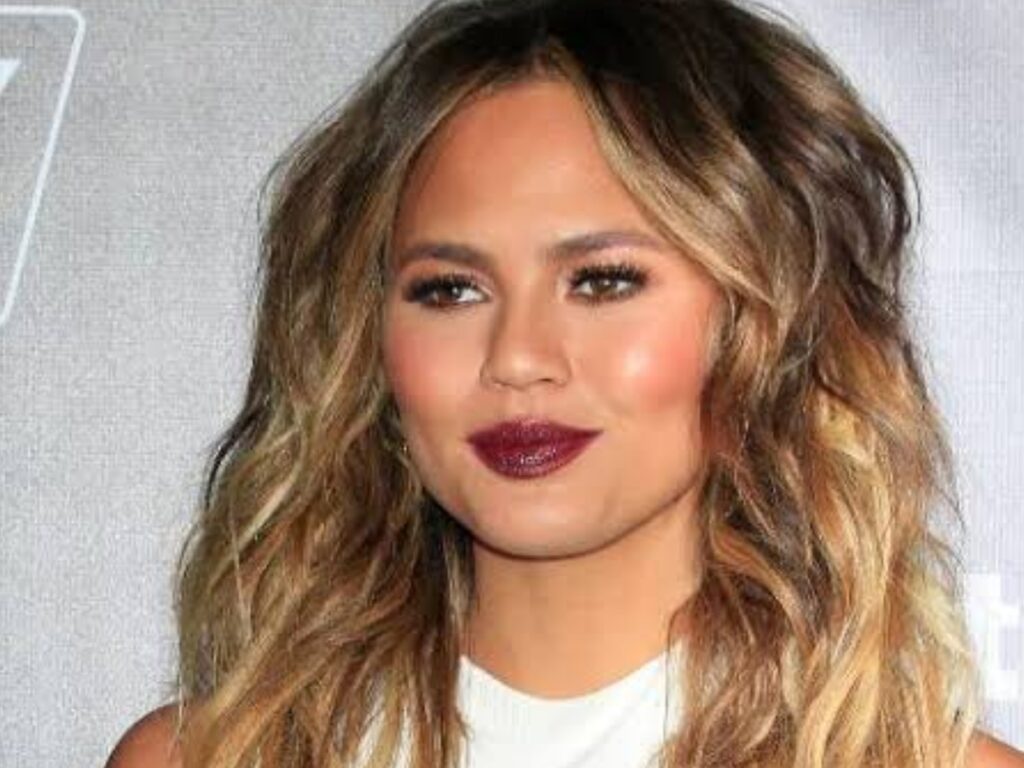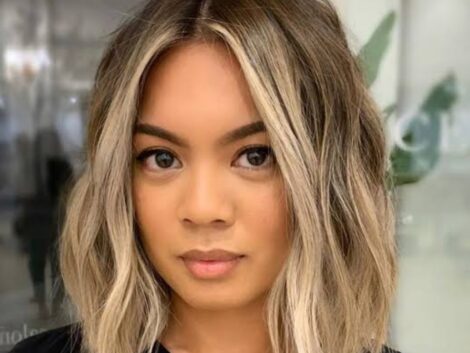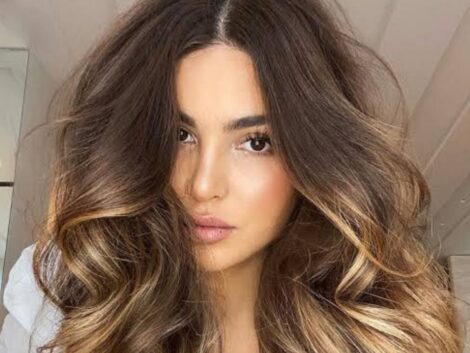Determining whether balayage will suit you is a multifaceted process that takes into account several factors related to your unique characteristics and personal preferences. Balayage involves hand-painting highlights onto the hair, creating a natural, sun-kissed look. To determine whether it’s the right choice for you, consider the following factors:
- Skin Tone: Balayage is versatile and can work with various skin tones. Warmer tones can complement warm undertones in your skin, while cooler tones can complement cooler undertones. Your hairstylist can help you choose the right shades.
- Hair Color: Balayage can be adapted to work with your current hair color, whether you have dark, light, or medium-toned hair.
- Maintenance: Balayage typically requires less maintenance than traditional highlights since it grows out more naturally. If you prefer low-maintenance hair color, balayage might be a good fit.
- Personal Style: Your personal style and fashion choices also play a role. Balayage can be customized to create a subtle, natural look or a more dramatic, high-contrast effect, depending on your style preferences.
- Consultation with a Professional: Ultimately, the best way to determine if balayage will suit you is to consult a professional hairstylist. They have the expertise to assess your features, discuss your goals, and create a customized balayage plan that compliments your appearance.
During your consultation, you can also ask your stylist for recommendations based on your face shape and lifestyle. Remember that the success of any hair color largely depends on the skill of the stylist, so choose a reputable salon or stylist to achieve the desired results.
How do I choose the best balayage color?
Choosing the best balayage color involves considering several factors to ensure the color complements your features and personal style. Here’s a step-by-step guide to help you make the right choice:
Consult with a Professional
Start by scheduling a consultation with an experienced hairstylist. They can assess your natural hair color, skin tone, and facial features to recommend the most flattering shades for your balayage.
Consider Your Skin Tone
- Warm Skin Tones: If you have warm undertones (golden, peachy, or olive complexion), consider warmer shades like honey, caramel, or golden blonde for a harmonious look.
- Cool Skin Tones: If you have cool undertones (pink or bluish complexion), cooler shades like ash blonde, cool brown, or platinum can work well.
Think About Your Current Hair Color
Balayage can be used to enhance your existing hair color. You can go a few shades lighter or opt for a subtle, sun-kissed effect.
Maintenance Level
Balayage is known for its low-maintenance nature, as it grows out more naturally. Choose a color that aligns with your desired level of maintenance. Lighter shades tend to require more upkeep than darker ones.
Personal Style
Consider your personal style and fashion preferences. Opt for subtle, blended tones if you prefer a natural and understated look. For a bolder and more dramatic appearance, choose high-contrast colors.
Face Shape
Some color placement techniques can enhance your facial features. Discuss with your stylist how balayage can be used to frame your face and create a flattering effect.
Lifestyle
Think about your daily routine and how much time you can dedicate to styling your hair. Balayage should be versatile enough to look good with various hairstyles and outfits.
Ask for Recommendations
Don’t hesitate to ask your hairstylist for their professional opinion. They have the expertise to suggest colors that work well with your unique characteristics.
Bring Inspiration Photos
If you have a specific look in mind, bring reference photos to your consultation. This can help your stylist better understand your preferences and expectations.
Remember that balayage is highly customizable, so there’s no one-size-fits-all answer. Trust your stylist’s expertise, and be open to their suggestions. The key to choosing the best balayage color is collaboration between you and your hairstylist to create a customized look that enhances your natural beauty.
Does balayage work for everyone?
Balayage is a versatile hair coloring technique that can work for many individuals. However, whether it suits you depends on your hair color, skin tone, maintenance preferences, personal style, and consultation with a professional hairstylist. Balayage is well-suited for medium to dark hair colors and can be adapted for lighter shades. It can complement warm and cool skin tones and requires less maintenance than traditional highlights. Depending on your style, your stylist can customize balayage to create a natural or dramatic look. Ultimately, the best way to determine if balayage is right for you is to consult with a skilled hairstylist who can assess your unique features and goals.
What balayage colors are easiest to maintain?
Balayage colors that are closest to your natural hair color are generally the easiest to maintain. These shades blend seamlessly with your roots as they grow out, reducing the need for frequent touch-ups. Here are some low-maintenance balayage options:
- Balayage that Matches Your Base Color: Opting for a balayage shade that closely resembles your natural hair color means there won’t be a stark contrast as your hair grows. This creates a more subtle, low-maintenance look.
- Subtle Tones: Choose natural and subtle balayage tones that are not too far from your base color. These tones blend well with your roots and are less noticeable as they grow out.
- Sombre (Subtle Ombre): Sombre is a softer version of ombre, with a gentle transition between the darker roots and lighter ends. It’s easier to maintain because the contrast is subtle.
- Root Smudge: Some balayage styles incorporate a “root smudge” technique, where the stylist darkens the roots slightly. This creates a softer blend between your natural color and the balayage, making regrowth less noticeable.
- Lived-In Balayage: This technique is designed to mimic the look of hair that’s been naturally lightened by the sun. It often involves slightly darker roots and soft, natural highlights, making it low-maintenance.
- Balayage with Tonal Variations: Ask for balayage that includes shades within the same color family. This creates a harmonious look and makes regrowth less apparent.
Remember, even with low-maintenance balayage, you’ll still need to care for your hair to keep it looking its best. Use color-safe shampoos and conditioners, avoid excessive heat styling, and protect your hair from UV rays to prolong the vibrancy of your balayage. Regular touch-up appointments with your stylist will be necessary, but they can be spaced further apart than with more high-contrast balayage styles.
What is the downside of balayage?
While balayage is a popular and versatile hair coloring technique, it’s important to be aware of its potential downsides:
- Initial Cost: Balayage can be more expensive than traditional highlights or single-process coloring because it’s a customized technique that often requires more time and expertise from a skilled stylist.
- Maintenance: While it’s considered low-maintenance compared to other coloring methods, balayage still requires periodic touch-ups to maintain the desired look.
- Color Change: There might be better options than balayage if you’re looking for a dramatic change in hair color. It’s designed to create subtle, natural-looking highlights, so it may not achieve extreme color transformations.
- Limited Lightening: Balayage may not be suitable for those with very dark hair who want a significantly lighter shade.
- Risk of Overprocessing: If not done by a skilled stylist, balayage can lead to overprocessing or damage, especially if bleach is involved. It’s crucial to choose a qualified professional.
- Color Variation: Balayage results can vary based on the skill and technique of the stylist. If not done correctly, it may not achieve the desired, even color distribution.
- Long Appointment Time: Balayage appointments can be longer than traditional coloring sessions because of the hand-painting technique. Be prepared to spend more time at the salon.
- Root Regrowth: While balayage creates a softer grow-out line compared to traditional highlights, you will still experience root regrowth. This may require touch-ups to maintain a seamless look.
- Not Ideal for Very Short Hair: Balayage is more commonly applied to medium- to long-length hair. Very short hair may need more length to showcase the subtle blending effect.
Despite these potential downsides, balayage remains popular due to its natural and customizable look.

What not to do before getting a balayage
- Before getting a balayage, avoid:
- Washing your hair right before; do it a day or two prior.
- Using heavy styling products on the day of your appointment.
- Applying deep conditioning treatments or masks in the days leading up to your appointment.
- Making drastic changes to your haircut just before.
- Letting your scalp get sunburned.
- Skipping the consultation with your stylist.
- Attempting a DIY balayage at home.
- Rushing the appointment can take a few hours.
- Dyeing over a recent change in hair color without informing your stylist.
Lastly, check out the mane caper shop.




